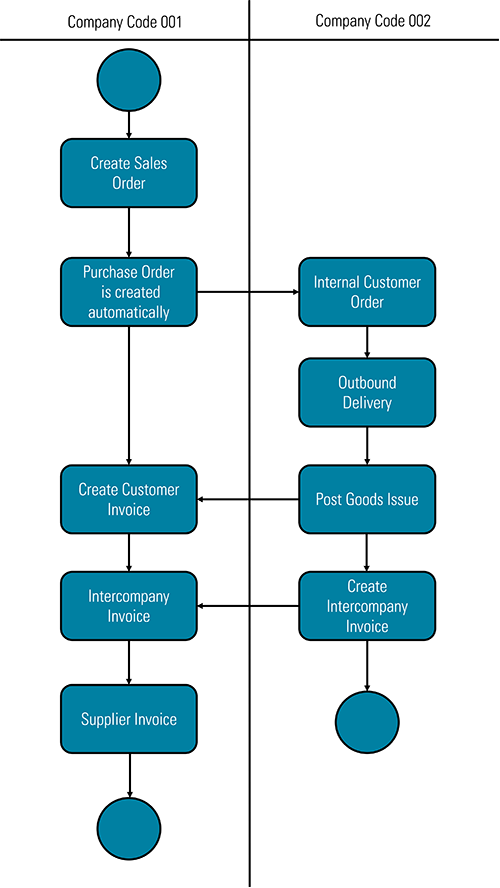Next-Level Intercompany Sales: Overcoming Challenges with SAP S/4HANA
Advanced Intercompany Sales – the new solution in SAP S/4HANA – refers to advanced strategies and processes for sales activities between affiliated companies within the SAP S/4HANA system.
Conducting transactions between different subsidiaries or sister companies often involves complex challenges such as lack of transparency, unequal cost distribution or pricing between the companies, high complexity due to billing procedures and bureaucratic hurdles, as well as currency risks and tax implications for companies abroad. To mitigate these issues, it is crucial to develop clear internal transfer pricing guidelines and implement a process that ensures transparency and flexibility. This is where the new solution 'Advanced Intercompany Sales in SAP S/4HANA' comes into play. With this solution, companies can optimize their intercompany processes, increase transparency, and significantly reduce complexity.
What Exactly is Advanced Intercompany Sales?
Advanced Intercompany Sales – the new solution in SAP S/4HANA and an extension of the classic SAP ECC solution – helps companies automate their intercompany processes. The introduction of automation in intercompany processes offers the following benefits:
- Improved efficiency through process automation,
- Better transparency, for example, for stock in transit, reporting and real-time synchronization of stock,
- Error minimization,
- Automatic settlement of intercompany accounts,
- Uniform approach by standardizing processes on a centralized platform.
What Are the Prerequisites for Using Advanced Intercompany Sales?
- You are using SAP S/4HANA OP2022 FPS00 version or SAP Private Cloud.
- All company codes are operating in the same client or system.
- The company codes must be assigned to the same controlling area.
- The material master must be available in both the procuring and supplying plant.
- The supplier company must be set up as a vendor.
What is the Process Flow for Advanced Intercompany Sales?
Create Sales Order
- The process begins with the creation of an order for the sale of goods between the affiliated companies.
- The selling company code creates the order. The plant of the delivering company code is then specified in the order item.
Intercompany Sales Order
- An intercompany sales order is automatically created in the delivering company code.
Intercompany Delivery
- An intercompany delivery to manage the transportation, shipment and delivery of goods between the subsidiaries is created on the basis of the order.
- The delivering company code creates an outbound delivery.
Goods Issue and Intercompany Invoice
- The goods issue is booked in the system and the goods are delivered by the delivering company code.
- The system creates an intercompany invoice based on the goods delivered.
- The intercompany invoice is posted in the books of both company codes. An intercompany billing document is created by the delivering company code to the selling company code.
- An automated posting based on defined rules can also be configured.
Customer Invoice
- The selling company code is responsible for issuing an invoice and sending it to the end customer.

